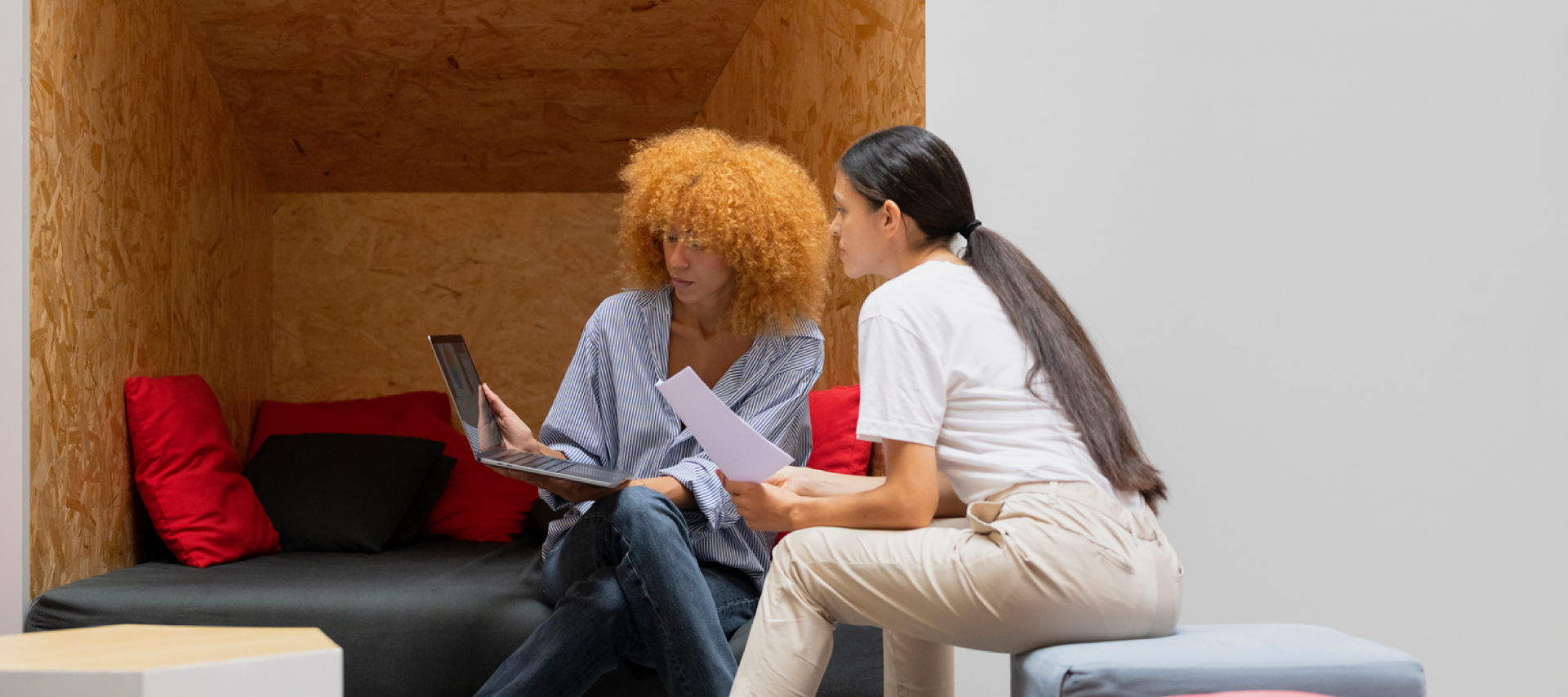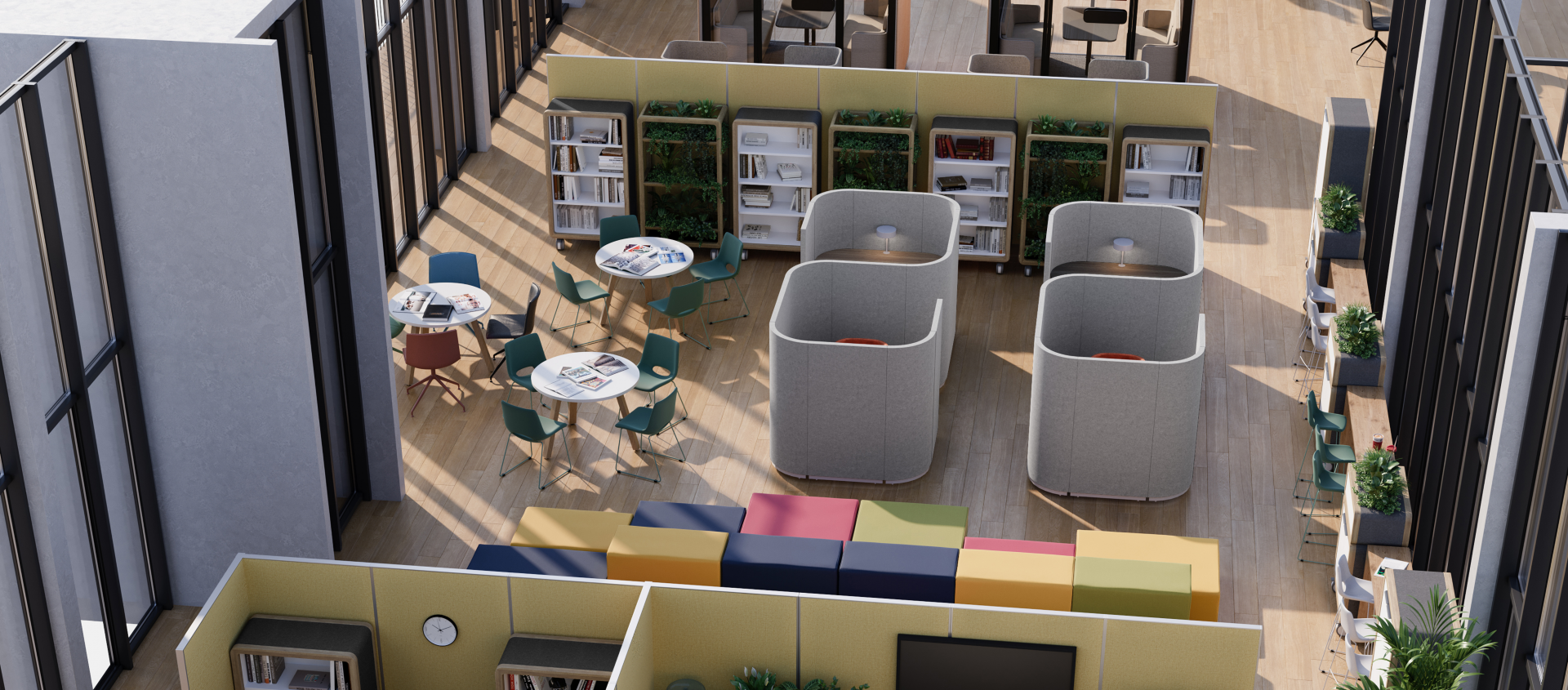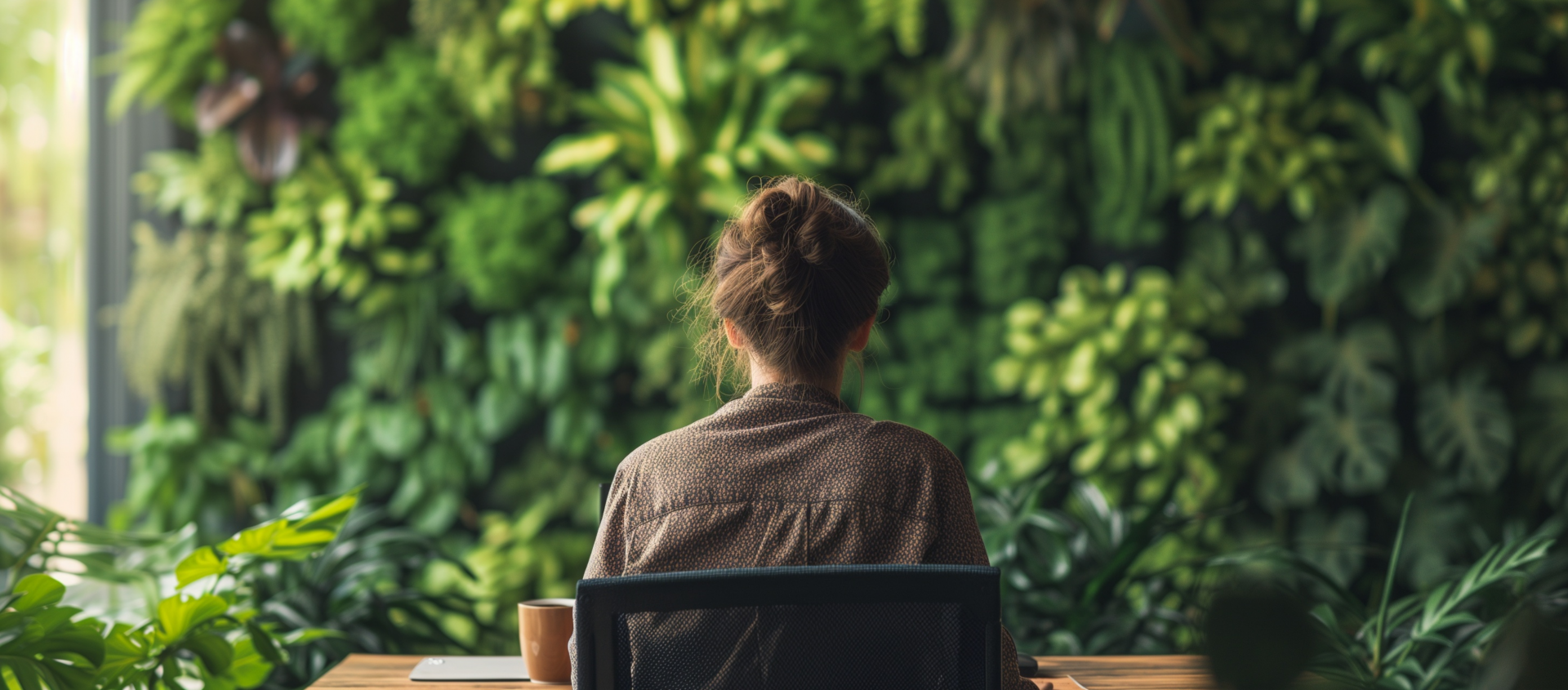The Role of Biophilic Design in Employee Well-being
written by OLG
Biophilic design goes beyond aesthetic appeal; it’s an intentional strategy to enhance workplace performance and employee well-being. Integrating natural elements into office spaces is shown to reduce stress, enhance creativity, and improve overall satisfaction. As Australian workplaces continue to evolve, biophilic design is becoming a central part of creating healthier, more engaging environments that support both mental and physical well-being.
Below are key biophilic design principles that can transform your workspace and benefit your team.
Natural Light
Maximising natural light is one of the most effective ways to improve employee mood and productivity. Exposure to daylight regulates the body’s circadian rhythms, which help maintain energy levels and support focus throughout the day. Studies have shown that offices with abundant natural light lead to higher productivity and reduced absenteeism.
Incorporating large windows, skylights, and light wells not only enhances the overall aesthetic but also mimics outdoor environments, making employees feel more connected to nature. A study conducted by Griffith University found that favoring the use of natural light over artificial office lighting not only saves costs and energy but also supports employees’ mood and sleep. Given Australia’s abundant sunlight, integrating natural light into office design can significantly enhance mental clarity and overall well-being.
Greenery and Natural Materials
The incorporation of indoor plants, green walls, and furniture made from natural materials like timber or stone provides a sense of calm and relaxation in often high-pressure environments. These elements not only add aesthetic value but also serve practical purposes such as improving air quality and creating a visually soothing atmosphere.
Plants such as sansevieria (snake plant) and peace lilies are known for their ability to purify indoor air, reducing levels of carbon dioxide and volatile organic compounds (VOCs), which are common in office spaces. The presence of greenery also lowers levels of cortisol, the stress hormone, helping to combat the negative effects of workplace stress. A 2020 study published by ScienceDaily found that having small plants within close sight in office environments contributed to a measurable reduction in psychological stress among employees. This reinforces biophilic design as a practical strategy for improving workplace well-being and mental health.
Multi-Sensory Experiences
Biophilic design is most effective when it engages multiple senses. In addition to visual elements like greenery and natural light, incorporating natural sounds such as flowing water, birdsong, or rustling leaves can help reduce fatigue, improve focus, and foster a more relaxed work environment.
Natural textures like wood, stone, and cotton also provide tactile experiences that help people feel more grounded and connected to their surroundings. For example, research from the University of Melbourne found that natural soundscapes in workplaces led to improved focus and creativity, especially in environments where stress and distractions were prominent. This type of multi-sensory experience also reduces cognitive overload—the feeling of being mentally fatigued from excessive stimulation.
Designing for Flow
Biophilic design principles work best when the layout of a workspace encourages smooth transitions between work zones. Open-plan offices with strategically placed biophilic elements, such as plants or natural light sources, help improve movement and interaction while maintaining a strong connection to nature.
The concept of designing for flow refers to creating a natural progression between different activity areas, allowing employees to transition easily from collaborative spaces to quieter zones. This layout promotes creativity and efficiency while preventing the physical and psychological constraints of rigid office configurations. According to IA Design, biophilic design is transforming Australian workplaces by seamlessly integrating nature into office environments, enhancing well-being and productivity. By incorporating elements such as indoor plants, living walls, and expansive windows, these designs not only improve aesthetics but also foster a sense of connection with the environment, leading to reduced stress and increased creativity among employees




